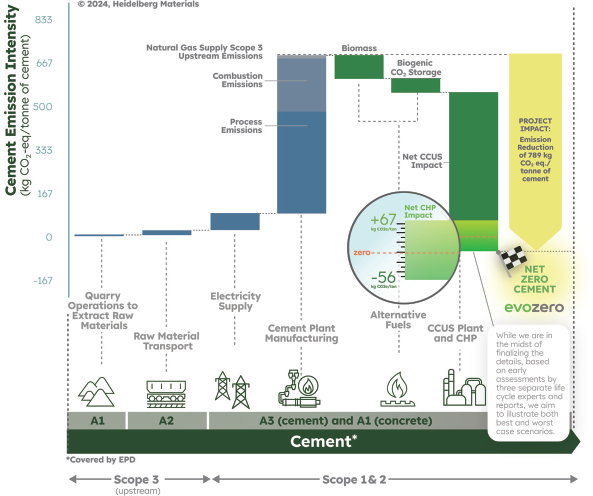May/June 2017
Communities: Industry
Manufacturers Collaborate on Augmented Reality
The use of augmented reality technology in manufacturing is often described as revolutionary, and transformational. Now, two organizations have released the first hardware and software guidelines to help AR technology companies develop products for industrial users.
In April, UI LABS and the Augmented Reality for Enterprise Alliance (AREA) announced the release of the world’s first augmented reality hardware and software functional requirements guidelines.
The guidelines are intended to help developers create technology that improves the performance and efficiency for manufacturers in areas such as employee training and safety; factory floor and field services operations; machine assembly, inspection and repair; and manufacturing space and product design.
Lockheed Martin, Caterpillar, and Procter & Gamble initiated the guidelines development process as part of a project through the Digital Manufacturing and Design Innovation Institute, a UI LABS collaboration.
Other organizations that have participated in the development of the guidelines include Microsoft, General Electric, Rolls-Royce, Dow Chemical, Intel, and the US Air Force.
Augmented reality is not the same as virtual reality, although both have manufacturing applications and are often mentioned together. AR superimposes computer-generated content on a user’s view of the real world, using glasses, headsets, or tablets to provide a composite view. Unlike virtual reality, which creates a totally artificial environment, AR retains the existing environment and displays new information on top of it.
The global AR market is expected to exceed $95 billion by 2023, according to a recent Credence Research report. Big Market Research reports that the global augmented reality and virtual reality gear market will grow at a compound annual growth rate of 37.45% in 2017–21.
While early adopters of AR are seeing productivity and quality improvements, wider adoption will take collaboration among industrial companies and AR providers, says Thomas McDermott, executive director of the Digital Manufacturing and Design Innovation Institute.
The AREA, a membership-funded alliance helping to accelerate the adoption of enterprise AR, will be responsible for the ongoing development, maintenance, and updating of the documents produced through this initiative.
The guidelines address hardware features—such as battery life, connectivity, and field of view—and software features, such as authoring, AR content, and 3D content.
Corporate R&D Spending: Where in the World

SOURCE: NATIONAL SCIENCE FOUNDATION, NATIONAL CENTER FOR SCIENCE AND ENGINEERING STATISTICS, AND US CENSUS BUREAU, BUSINESS R&D AND INNOVATION SURVEY, 2013


 Volunteering at NSPE is a great opportunity to grow your professional network and connect with other leaders in the field.
Volunteering at NSPE is a great opportunity to grow your professional network and connect with other leaders in the field. The National Society of Professional Engineers (NSPE) encourages you to explore the resources to cast your vote on election day:
The National Society of Professional Engineers (NSPE) encourages you to explore the resources to cast your vote on election day:


